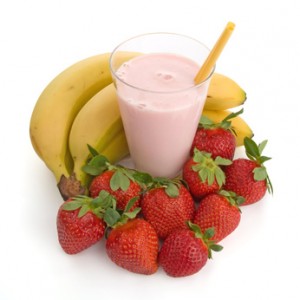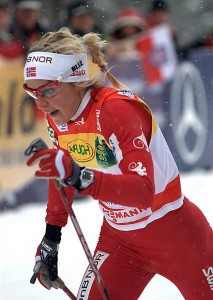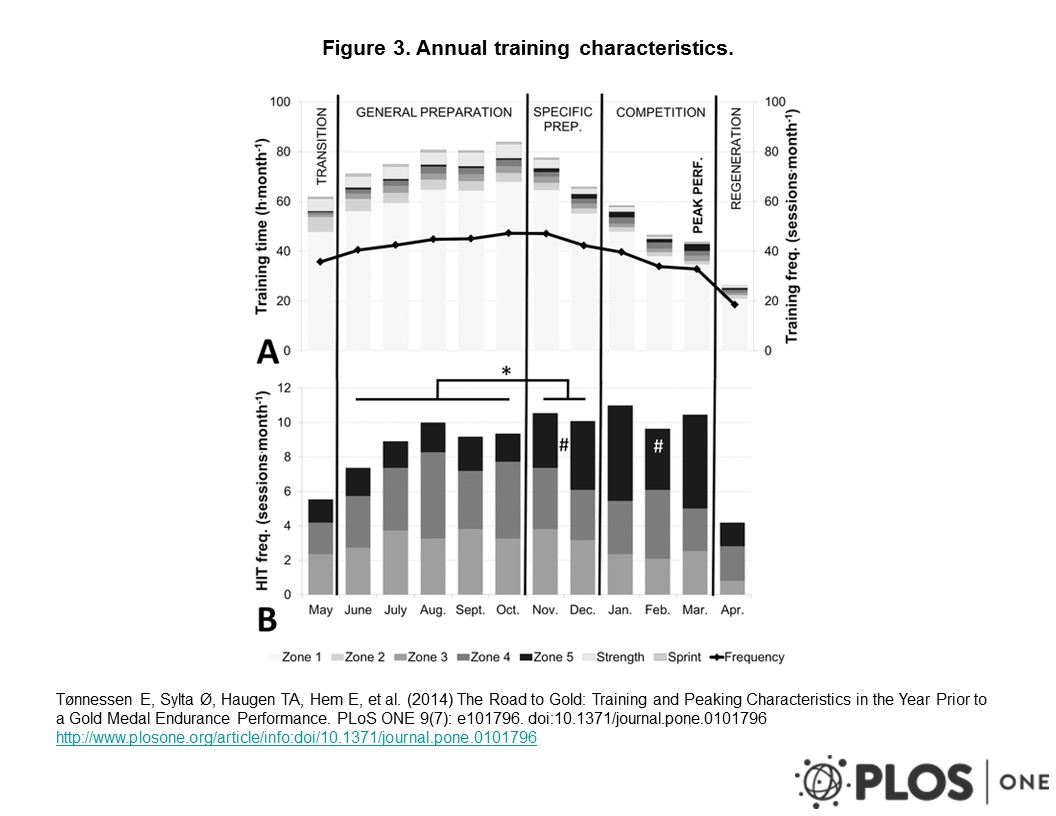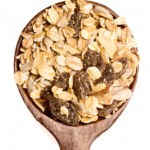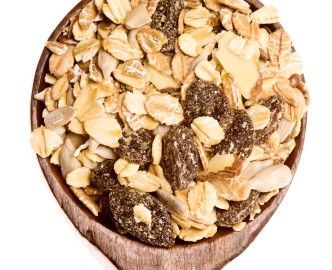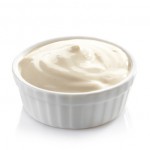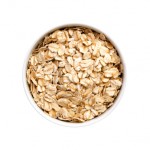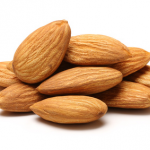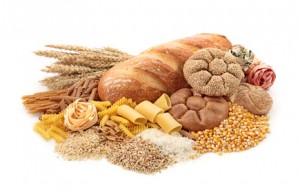This week, read about cooking-related pollutants, how ginger fights inflammation in runners, the clean-plate club, getting kids to eat veggies, and more.
Cooking-Related Pollutants: Should You Worry?
Did you know that cooking can dramatically affect your indoor air quality? Berkeley Wellness reviewed a recent Environmental Health Perspectives article “Take Care in the Kitchen: Avoiding Cooking-Related Pollutants.” Cooking, especially on gas stoves, exposes many homeowners to levels of pollutants at levels that would be illegal by outdoor air quality standards. The problem is worse in winter and in energy-efficient/airtight houses.
What are these pollutants, and where do they come from? The main pollutants are carbon monoxide, nitrogen dioxide, and ultrafine particles. Cooking burners (especially gas) and the cooking process itself produce pollutants, which, at high levels, can contribute to respiratory problems, and can be problematic for those suffering from cardiovascular disease. (Environ Health Perspect 122:A154–A159; June 2014).
One of the best ways to protect yourself from these pollutants is to use a good range hood/exhaust fan (that vents to the outdoors) whenever you use your burners or oven (gas or electric). Range hoods should reduce the tiny airborne particles, nitrogen dioxide, carbon monoxide, and other byproducts of cooking. Cooking on back burners also reduces exposure.
The Berkeley Lab has an excellent resource for indoor air quality here, and the short video below will help you understand and reduce cooking pollutants.
Are You Part of the Clean Plate Club?
Once you’ve served yourself a plate of delicious-looking food, do you think you will stop eating when you are full? Or will you finish the entire plate of food regardless of your feelings of fullness. . .
Most of us don’t eat solely to satisfy our hunger (if we did, most nations wouldn’t be suffering an obesity epidemics). Figuring out why we eat is an area of research that provides insight into our overconsumption and could help reduce the obesity trend. Brian Wansink, professor of Marketing and Director of the University of Illinois’ Food and Brand Lab, is the guru in this field, having spent much of his career investigating eating behavior. His work has revealed fascinating information about how environmental cues influence what we eat.
In this new research, Wansink reviewed 14 studies on eating behavior conducted in 8 developed countries. He found that adults tended to consume almost all ( 92%) of the food they served themselves. Not surprisingly, the same didn’t hold true for children, who consumed only 59% of their self-served food.
This study is important because distinguishing between the amount served vs amount eaten is relevant for other research investigating eating behavior. Also, consumers can use these findings to improve their own eating habits – you will likely eat what you put on your plate – so serve yourself healthy foods, and stick to appropriate portion sizes. (International Journal of Obesity, advanced online pub 22 July 2014)

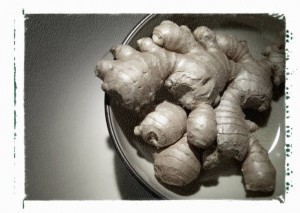 Ginger Lowers Post-Workout Inflammation
Ginger Lowers Post-Workout Inflammation
Some news to vindicate my ginger consumption (ginger jam and/or ginger granola at breakfast, dark-molasses gingerbread in the afternoon, and ginger with stir-fry for supper is not uncommon).
In a study of well-trained runners, researchers measured levels of cytokines (markers of inflammation) after a strenuous treadmill test at the end of an intense 6-week training block. Runners who had consumed ginger 3 times a day for 6 weeks had much lower levels of cytokines than runners who consumed a placebo (and lower levels than when they did the same test without regularly consuming ginger). High cytokines signal that the immune system is challenged, which could increase risk of upper respiratory tract infections or other illnesses.
Although researchers did not assess illness, these findings suggest that regular ginger consumption can strengthen the immune function during intense training. (Central European Journal of Immunology, 2014; 39 (2): 174–180).
While we need more research to confirm these benefits, it’s certain that using this fiery fresh spice will boost the flavor of many meals. Try these recipes: Butternut Squash Soup with Ginger, Sesame Noodles with Asparagus, or Cranberry Salsa Dip, and be sure to check out my cooking tips for ginger.
Getting Kids to Eat Vegetables: Study Suggests Most Parents’ Efforts Aren’t Helping
Adopting healthy eating habits at an early age is important for good health, but for many parents, this is a struggle. Considering that obesity in youth is reaching alarming proportions (in Canada, obesity rates in children and youth have trippled in the last 25 years), research into this area is critical.
A new study suggest that even well-meaning parents may be tackling this issue the wrong way. Researchers found that preschoolers were less likely to eat vegetables when told about their health benefits. The best approach seems to be to serve kids vegetables often, and without comments about health. (Journal of Consumer Research, July 2014).
More links of interest this week:
- Couch potato athletes: Why it’s hard to stay active after competition ends
- Lucky New Yorkers: Sports med doc teaches free classes in city parks
- 4 Quacks Plaguing America with False Claims About Science: Mercola, Adams, Foodbabe, Oz
- Maple syrup as an energy gel – looks good to me!
- Is “no sugar added” a meaningless concept? Are “natural” sugars better?
- Why protein requirements for older persons need to be higher than the RDA
- Thinking of Paleo? A guide to other diets based on inaccurate assumptions of historical eating habits
- Analysis of gold medalists’ training reveals patterns that led to success. Another thoughtul interpretation of complex research by Alex Hutchinson.
- Confused about saturated fat? Read this excellent piece by @BerkeleyWell
- How the USA Got So Fat. Nice interpretation and charts by Micheal Joyner.
- How music affects 5km of running
- The Unsung Benefits of Flexible Blood Vessels. Impressive pictures of blood vessels of masters athletes.
See More Issues of This Week in Food, Health, and Fitness
Share This:
